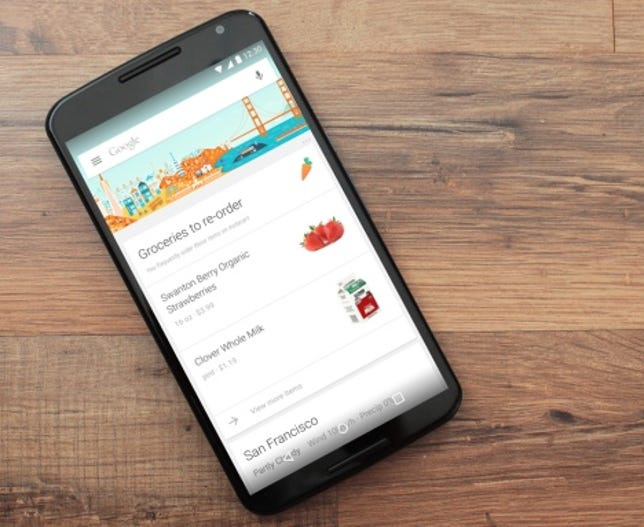
Josh Miller/CNET
It all started Tuesday morning with a scratchy, bloodshot right eye that perpetually threatened to water over, and mysterious goo that appeared in the corners of my peeper. Gross, I know. Within hours, I was diagnosed with conjunctivitis (pink eye, for the rest of us) and effectively quarantined until it resolved: 24 hours or so if I was lucky, a week or more if I wasn’t. I was not.
Two days later, my one healthy eye turned Benedict Arnold on me and pinked up too, tacking on a few more days to the total recovery time.
Related stories
- AmazonFresh orders soon to arrive from the post office
- AmazonFresh vs. supermarket: A hands-on shopping test
- Google Express targets shoppers in Chicago, Boston, Washington
I’m fine, really, apart from looking and feeling like I got punched in both sockets. Good enough to work, tidy up, and cook my meals, but too contagious to go to the office or the supermarket. With the exception of a dash to the pharmacy for some antibacterial drops that didn’t work (I got the viral strain, hooray), I’ve been stuck in my apartment for days, with pretty much just my laptop and bad TV for company.
Hence my newfound devotion to Instacart and its grocery delivery ilk. Along with Amazon Fresh, Google Express and Postmates, Instacart (locations) sends shoppers to local stores like Safeway and Whole Foods to fetch the items you want (Instacart throws in some really crunchy yuppy hipster independents as well).
A section for specialty requests means you can manually enter anything you know the store carries that isn’t on Instacart’s online catalog, and pick an alternate if they’re out of stock. There’s also room for adding specific instructions for what to tell the butcher or notes on how shiny you like your apples. You can even upload a photo of the item, a bonus if it’s obscure. (Read: this one grocery’s fiddlehead ferns and sea beans.)


Instacart
Seeing how I’m stuck inside all day, being able to cook my own meals without the guilt of asking friends to shop on my behalf has given me both a sense of normalcy and a way to break up the hours of isolation. Otherwise, I’d have to depend on pricey takeout, or food drops from dedicated-but-virus-wary pals.
I’ve traveled that road before, in fact. Back in 2009, a strain of chicken pox locked me under house arrest for two solid weeks of itchy misery. While I’m still eternally grateful to coworkers and friends who selflessly did my bidding, the lack of self-reliance for most of my meals wore on me.
I worried that asking the same kind souls to run endless errands would become burdensome, especially knowing that my chores could steal an hour or more from their limited evenings, when they would in all likelihood rather be doing something else.
Most of the time, I prefer to pick out and prepare my own bread and potatoes. I realize I might not always be that fortunate. Knowing that services like Instacart and others can give (hopefully temporarily) housebound people some measure of independence in the food they cook and eat dishes up enough peace of mind to make me want to support them a whole lot more.




